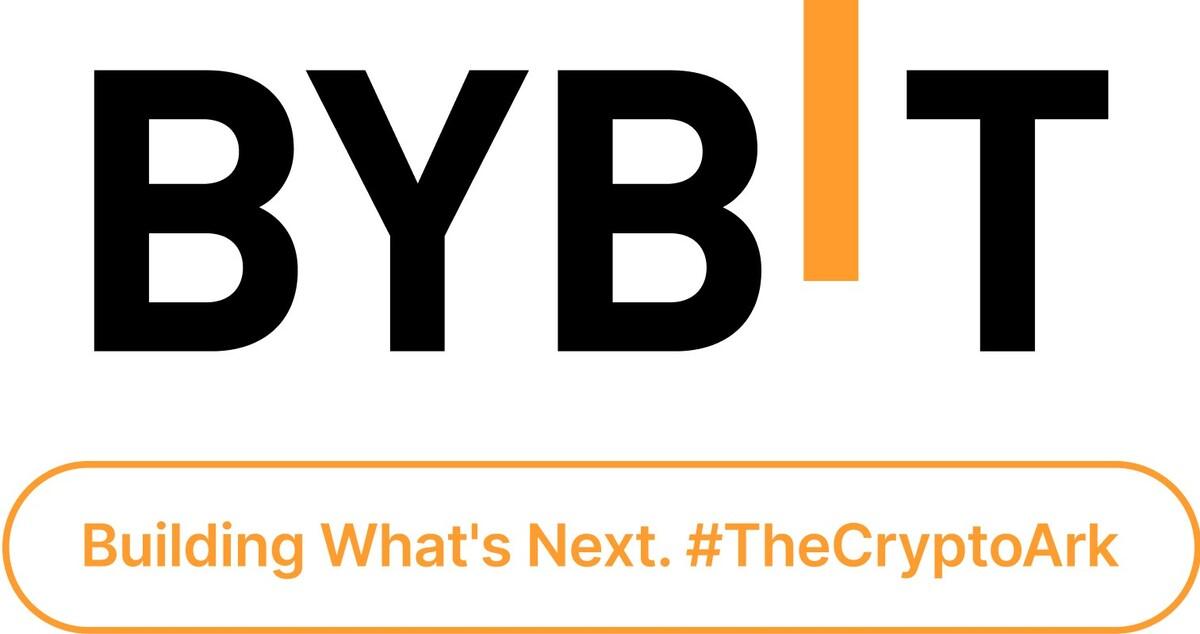A cryptographic hash function is an algorithm that takes in an input data string of any length and transforms it into a fixed length and format called the hash. The hash function performs a series of specific actions to ensure the security and integrity of the data.
One simple example of a hash function involves adding up the digits in a number until a single-digit output is obtained. For instance, if we have the input number 49, we add 4 and 9 to get 13. Then, we add the digits 1 and 3 together, resulting in an output of 4. Regardless of the length of the input number, the output will always be a single digit.
However, this simplistic algorithm is not suitable for cryptographic purposes. A robust hash function needs to possess certain characteristics to effectively perform its functions:
- Easy Computation: The hash function should be able to compute an output quickly for any given input, while making it nearly impossible to reverse engineer the process and calculate the input based on a known output. This property ensures the security of the hash function.
- Determinism: The algorithm should always produce the same output when given a specific input. Determinism ensures consistency and predictability when using hash functions.
- Collision Resistance: It is crucial that it is highly improbable for two different inputs to produce the same output. If collisions occur frequently, it weakens the security of the hash function.
- Avalanche Effect: Even a slight change in the input data should result in a significantly different output. This property ensures that small changes in the original data have a substantial impact on the hash value.
Hash functions have numerous applications across various industries. One common use is in the generation of checksums, which are used to verify the integrity of computer files during transmission or storage. By comparing the calculated hash of a file to the known hash value, one can determine if the file has been altered or corrupted.
Additionally, hash functions are used in randomizing functions, such as in generating unique identifiers for data, shuffling data sets, or securing passwords. Hashing passwords is particularly important because it ensures that even if a database is compromised, an attacker cannot easily retrieve the original passwords.
In the world of blockchain, cryptographic hash functions play a critical role in securing the network and ensuring the integrity of the data stored on the blockchain. Bitcoin, one of the most well-known blockchain implementations, uses the SHA-256 hash function for mining proof-of-work.
When miners want to add a new block to the Bitcoin blockchain and claim their mining reward, they must first generate a hash value that is below a specific threshold known as the target. The pseudorandom nature of the SHA-256 hash ensures that miners cannot simply create new Bitcoins out of thin air. They must provide proof of the work they have done by finding a hash value that meets the target criteria.
Miners achieve this by including various data in the block, such as transaction information and a randomly generated value called the nonce. They then hash this block using the SHA-256 algorithm and check if the resulting hash meets the target requirements. If it does not, they increment the nonce and repeat the hashing process until a valid hash is found.
The mining process is computationally intensive and requires significant computational power. The challenge lies in finding a nonce that, when combined with the other block data, produces a hash value that is below the target. Miners compete against each other to find a valid hash, and the first miner to do so gets to add a new block to the blockchain and claim their reward.
In summary, a cryptographic hash function is an algorithm that transforms input data into a fixed length and format called the hash. It has specific characteristics that ensure its security and integrity, such as easy computation, determinism, collision resistance, and the avalanche effect. Hash functions have various applications across industries, including file integrity verification and password security. In blockchain technology, cryptographic hash functions play a crucial role in securing the network and validating blocks through the mining process.














